This article was written by Jennifer Mueller, JD. Jennifer Mueller is an in-house legal expert at wikiHow. Jennifer reviews, fact-checks, and evaluates wikiHow's legal content to ensure thoroughness and accuracy. She received her JD from Indiana University Maurer School of Law in 2006.
This article has been viewed 51,232 times.
If you own a small business, you're accustomed to receiving invoices from suppliers or others from whom you purchase goods or services. As a private individual, you also might receive invoices if, for example, you're having renovations done to your home. Typically these invoices are accurate and you pay the amount owed. But sometimes you receive an invoice that isn't correct – maybe it's charging you more than the amount you agreed, or it includes goods or services you haven't received. If you need to dispute an invoice, doing so as soon as possible is the key to maintaining the goodwill you've built with the supplier and insuring smoother dealings in the future.
Steps
Assessing the Problem
-
1Review the invoice you've received closely. Even if you have no doubt the invoice is incorrect, look over it again and make sure you're reading it correctly.
- If you have previous invoices from the same company, compare those with the current invoice and note any differences. These could help reveal the source of the problem. For example, the company may have failed to note payment for the previous invoice, and included both totals in the current invoice. In that case, providing proof of payment hopefully would resolve the issue.
-
2Check your books or other records. Compare the invoice to your own records to calculate the amount of the discrepancy.
- For example, if the company is claiming you didn't pay an invoice, you should include a copy of the cancelled check that you sent as payment. Any other documents you have such as auto-generated email confirmations or bank statements showing the cleared payment also could be helpful in proving your position.
Advertisement -
3Review your contract. If you have a written contract with the company that sent the invoice, check the contract to find out the agreed method of resolving disputes.
- Payment is contingent upon your receipt of the goods or services in a form consistent with the contract. If the company is billing you for goods or services you have not received, you do not owe payment under the contract.[1]
- Your contract also may include deadlines for providing notification of a disputed invoice. For example, your contract might say "All invoices are considered correct and accepted if Supplier is not notified of a dispute within 10 days of receipt."
-
4Call the company. Before you write a formal letter to the company, call the contact number listed on the invoice to rule out simple error.
- Be calm and courteous on the phone, and state that you have a question about the invoice you received. Allow the company's representative to explain the invoice to you. If you dispute any of her information, tell her that the amount she stated doesn't match your records.
- Keep in mind that the dispute could be a simple clerical error or a misplaced digit or decimal point. If the mistake can be corrected over the phone, ask the person with whom you're speaking to send a corrected invoice.
- If you come to any resolution over the phone, immediately send a written letter to the company confirming the agreement reached over the phone. Don't rely on any statements or agreements made until you have written confirmation of the agreement, or have received a corrected invoice.
-
5Gather evidence to support your claim. If you have any receipts or other records that back up your contention that the invoice is incorrect, make copies of them to send to the other company.
- For example, suppose the company was billing you for 45 units, but you only received 20 units. The packing receipts you have for the 20 units would support your position.
-
6Research the company. If you haven't worked with the company for very long, it may be worth your time to find out if other customers or businesses have had similar issues.
- For example, you might check with the Better Business Bureau, which fields complaints from consumers and other businesses. If others have had similar issues, find out whether and how they were able to resolve their dispute.
Writing Your Letter
-
1Use proper business format. Print your letter on company letterhead, if possible, and format your letter appropriately.
- If you're a private individual, you can make your own professional letterhead using one of the templates available in most word processing applications.
- You typically can find templates online or within a word processing application that will allow you to quickly and easily create your letter by entering the applicable information within pre-formatted fields.[2]
- Include the date of the letter and the methods by which you're sending it – especially if you're sending duplicates of the letter using different methods.
- For the subject line of the letter, summarize the letter's purpose and reference the date of the invoice, the company's reference number on the invoice, or both. For example, you might write: "Subject: Dispute of Invoice 99537, dated October 7, 2015."
-
2Acknowledge receipt of the invoice. Begin your letter by identifying the invoice you're writing about and thanking the company for sending it.
- If you dispute the entire invoice, simply state that you dispute the invoice in its entirety, then continue on with the reasons for your dispute.[3]
- If any portion of the amount of the invoice is not in dispute, you might want to go ahead and send a payment for that amount. If you're doing that, let them know up front.
- For example, you might write: "I am in receipt of your invoice dated October 7, 2015, and thank you for same. Enclosed please find a check for $157.49 as full payment of the undisputed amount due."[4]
- When you sign your check, endorse it using wording such as "This check is payment in full and is full and final satisfaction of [invoice]." Identify the invoice using the date it was invoiced or the reference number provided. If the company cashes or deposits your check, the amount has been accepted as full payment.[5]
- Doing this may resolve the dispute because if you're later sued for the remaining amount that you dispute, you can raise the endorsement as an affirmative defense.[6]
-
3Explain the basis of your dispute. If you attach any documents to support your claim, refer to them within the body of the letter and then attach a copy.[7]
- Be brief and stick to the facts. You also should refrain from making any accusations or inferring that the company is trying to cheat you in some way. Simply treat the matter as a simple error that can easily be corrected – even if you have reason to believe that's not the case.
- If the company is sending you an invoice for goods that have not yet been delivered, provide that reason and state that you will pay for the goods when they are received.
-
4Mention any phone calls or other conversations you've had. If you've talked to any company employees, or the person to whom you're addressing the letter, your letter should next address those conversations.
- For example, you might write: "I spoke to Sharon in your accounts receivable office on October 8, and she indicated that I should reach out to you about this issue." Even if you were told that the invoice was correct and there was no error, don't provide this information within the letter – it only gives the person the ability to hide behind the employee with whom you've already spoken rather than looking into the matter personally.
- If you were unable to reach anyone, you should mention that too, and continue with the attitude that it's probably just a simple mistake or misunderstanding.
-
5Request the company take action to correct the problem. Once you've described your dispute with the invoice, list specifics about how you'd like the issue resolved and provide the company a deadline to respond.
- Give the company a reasonable period of time to address the problem – a week to 10 days from receipt of your letter should suffice.
- At this point, you don't have to threaten that you'll take any specific action if the matter isn't resolved in your favor. It's enough to simply say that you will pursue other options if your deadline isn't met.
-
6Sign the letter. Conclude your letter on a firm but cordial note, and include your printed name, your position within your company, and direct contact information.
- Make sure you read over it and check it for typos or other errors before you print and sign it. Double check any numbers or calculations against your records.
- At the bottom of your letter, list the documents you're enclosing to support your position.[8]
- Once you've finalized and signed your letter, make at least one copy for your records before you send it to the company.
-
7Send your letter. Once you've signed your letter, mail it together with any enclosures as soon as possible after you've received the invoice.
- While typically you have as long as 30 days to notify a company of a dispute, in some cases you have much less time.[9] For example, states such as Delaware require notice of dispute of a construction invoice within 7 days of receipt or the invoice is legally considered accepted for the amount listed in the invoice.[10]
- You may want to send the letter via fax or email as well. If you plan to send it using multiple methods, make sure this is noted on the letter since it probably will be received last.
- Consider using certified mail or a private delivery service such as FedEx or UPS so you have proof of when the company received your letter.[11]
Taking Further Action
-
1Follow up after your deadline. If you've given the company a deadline to resolve the issue and haven't heard from anyone by that date, stick to it by calling to follow up on that day.
- Depending on the severity of the discrepancy, you might want to consider terminating your relationship with the company if they aren't willing to work with you to resolve the dispute.
- If, on the other hand, you have heard from the company and they are unwilling to compromise on the matter and insist the invoice is correct, you may have to pursue other means to resolve the issue.
-
2Consider hiring an attorney. If the company refuses to deal with you, or if you don't receive any response to your letter, an attorney might be able to get a better result for you.
- An attorney also can advise you of your legal options should the other company sue you for the disputed amount.
-
3Contact the state licensing board or agency. If the individual or company that invoiced you is regulated or licensed by a state agency, that agency may have procedures in place for resolving disputes similar to yours.[12]
- For example, if you are a homeowner and have a dispute over an invoice you received from the general contractor who worked on renovations to your home, you may be able to file a complaint with your state's construction contractor board. Take note that some states such as Oregon require that you provide advance written notice to the contractor specifically stating your intent to file a complaint with the board, at least 30 days before you file the complaint.[13]
-
4Send another letter. The content of your second letter will vary depending on the response you've received from your first, but generally should follow the same format with a stronger and firmer tone.
- Reference your previous letter and any conversations or correspondence you've had with the company in the interim, then reiterate your position and any documents you attached to the original letter.
- If you have a written contract, reference the methods discussed in the contract for resolving disputes and indicate your willingness to abide by those terms.
-
5Suggest mediation. Especially if you have a written contract that includes a mediation clause, consider using a neutral, third-party mediator to assist you in coming to a compromise.
- Mediation offers a quicker and less expensive way to resolve a dispute compared to a lawsuit, encouraging you to find a solution that works for both parties.
- Depending on the context of your invoice dispute, you may be able to find mediation services free of charge. For example, the Maryland Home Improvement Commission offers a free mediation program for homeowners and construction contractors.
References
- ↑ http://www.adamsdrafting.com/disputing-payment-invoices/
- ↑ http://www.businessformtemplate.com/preview/Disputed_Invoice
- ↑ https://www.avvo.com/legal-guides/ugc/how-to-handle-a-billing-dispute
- ↑ https://www.avvo.com/legal-guides/ugc/how-to-handle-a-billing-dispute
- ↑ https://www.avvo.com/legal-guides/ugc/how-to-handle-a-billing-dispute
- ↑ https://www.avvo.com/legal-guides/ugc/how-to-handle-a-billing-dispute
- ↑ http://www.consumer.ftc.gov/articles/0385-sample-letter-disputing-billing-errors
- ↑ http://www.consumer.ftc.gov/articles/0385-sample-letter-disputing-billing-errors
- ↑ https://www.avvo.com/legal-guides/ugc/how-to-handle-a-billing-dispute
- ↑ http://law.justia.com/codes/delaware/2012/title6/c035/3508
- ↑ http://www.oregon.gov/CCB/Documents/pdf/resolvingdisputeswithyourcontractor.pdf
- ↑ http://www.oregon.gov/CCB/Documents/pdf/resolvingdisputeswithyourcontractor.pdf
- ↑ http://www.oregon.gov/CCB/Documents/pdf/resolvingdisputeswithyourcontractor.pdf


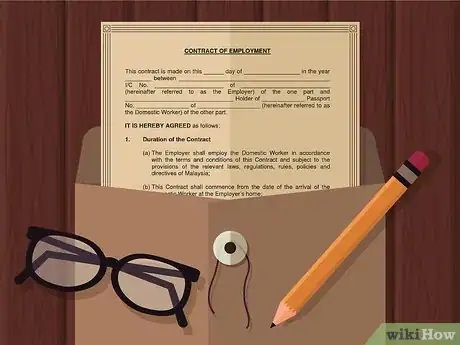

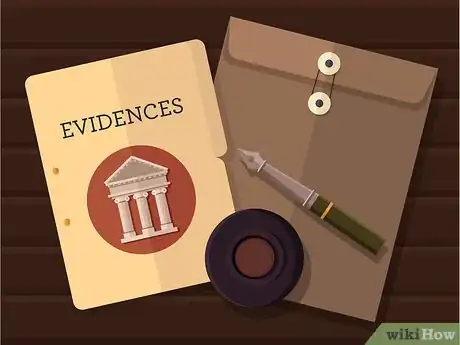
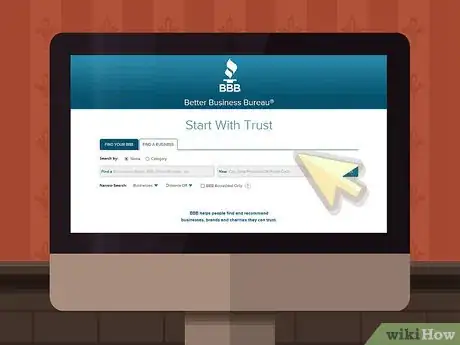
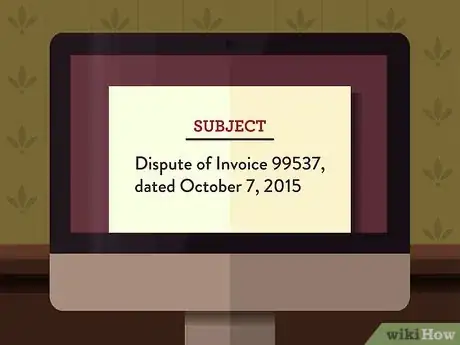
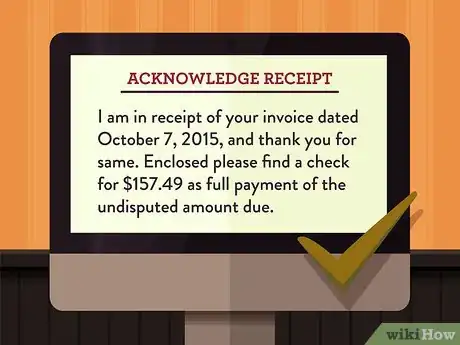
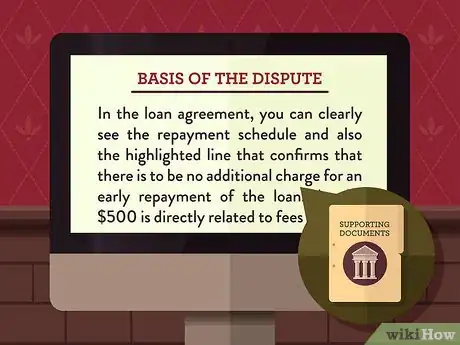
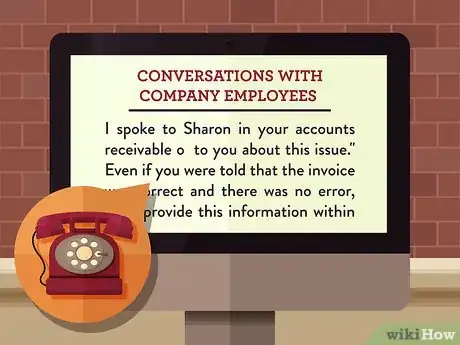
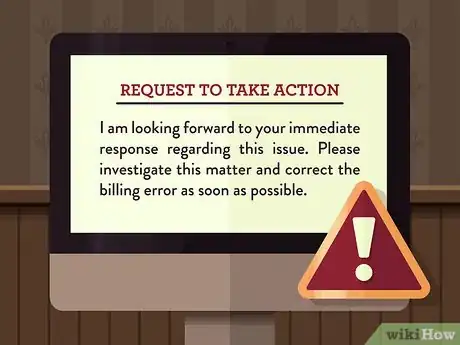
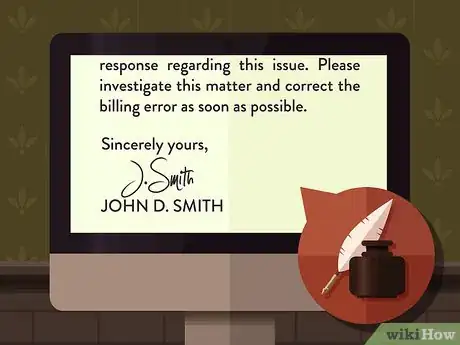
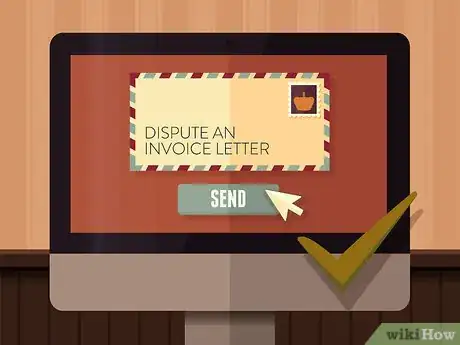

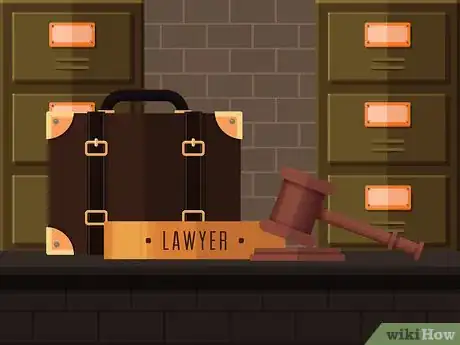
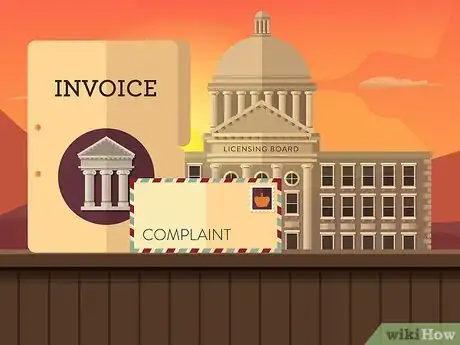
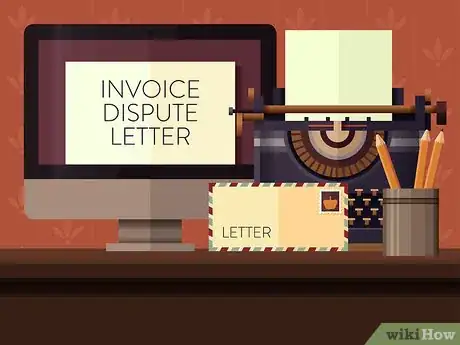
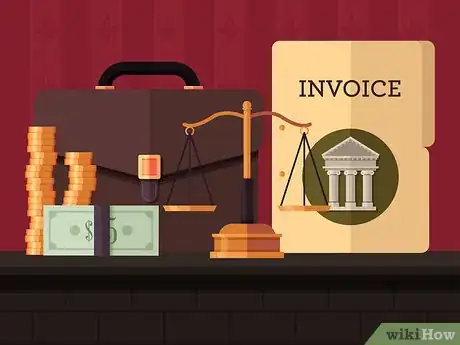
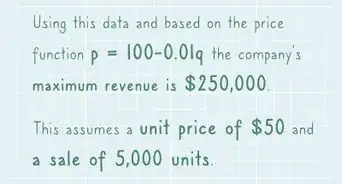





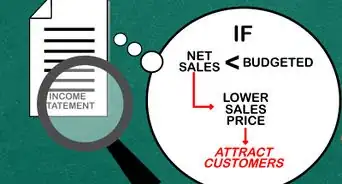

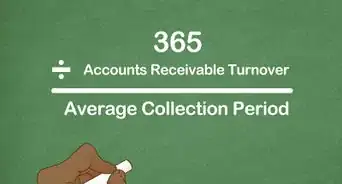
-Step-04.webp)

















































